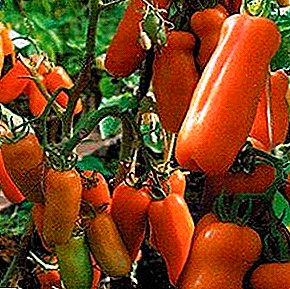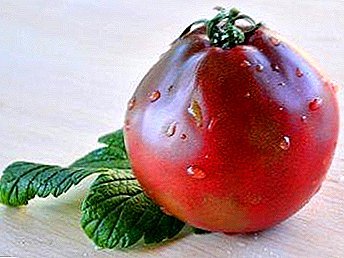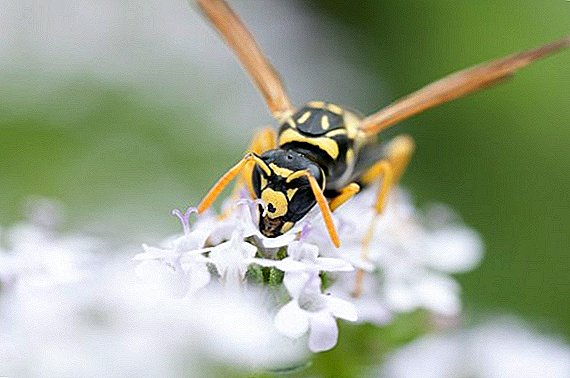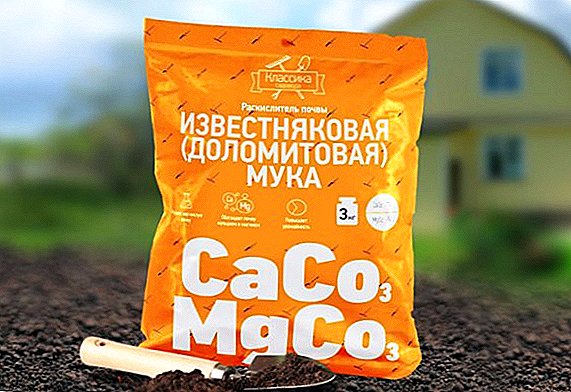
What kind of forms are tomatoes! The seemingly obvious opinion that has developed a long time ago and that it still exists that they should be round or slightly elongated has long lost its relevance.
Thanks to the breeders' efforts, varieties of very interesting forms were bred. For example, it can be cylinders with a pimply end, or tomato fruits, more like pepper.
And the “Zhigalo” tomato variety looks completely unpredictable. This variety of tomatoes confused with others is almost impossible because of its unique and bizarre shape.
Tomato "Zhigalo": variety description
 "Gigalo" is a tomato, intended for eating raw and canning. In addition, it is very convenient to stuff them, because in shape they resemble sausage - elongated with a rounded end, there is not much pulp inside, which makes it easy to place stuffing in them.
"Gigalo" is a tomato, intended for eating raw and canning. In addition, it is very convenient to stuff them, because in shape they resemble sausage - elongated with a rounded end, there is not much pulp inside, which makes it easy to place stuffing in them.
Another advantage of this variety, which was bred by the company Biotechnology, is that its yield is very high. From one bush you can collect fruits 2 times more than from tomatoes of other varieties.
The variety itself is middle-ripening, from the moment of emergence until the fruit ripens, it will take about 99-105 days. It is possible to grow up without special leaving both in greenhouses, and on open sites of a kitchen garden. Special care does not require, watering, loosening and feeding - this is all that he needs for growth.
Specifications
This plant is determinant, shtambovy bush, miniature, with a maximum of 50 cm in height. No garters and formations are required. On one brush of this bush can be located 4-6 small tomatoes.
- The shape of the fruit is elongated.
- The weight is small - 100-130 grams, they take not in size, but in quantity.
- The color is red, but not very bright.
- There are practically no seeds in such fruits.
- The flesh is juicy, fleshy.
- Taste sweetish, but not sugar.
A photo
Photo tomato varieties "Gigalo":

Diseases and pests
Gigolo does not have such immunity to diseases as in hybrids, but rarely affects them. It is necessary to treat seedlings with fungicides for prophylaxis, and ensure that Colorado beetles do not appear on it. In adult plants, the resistance is higher, there may be a danger of late blight, but if you look and care for the bushes, they will not get sick and die.












